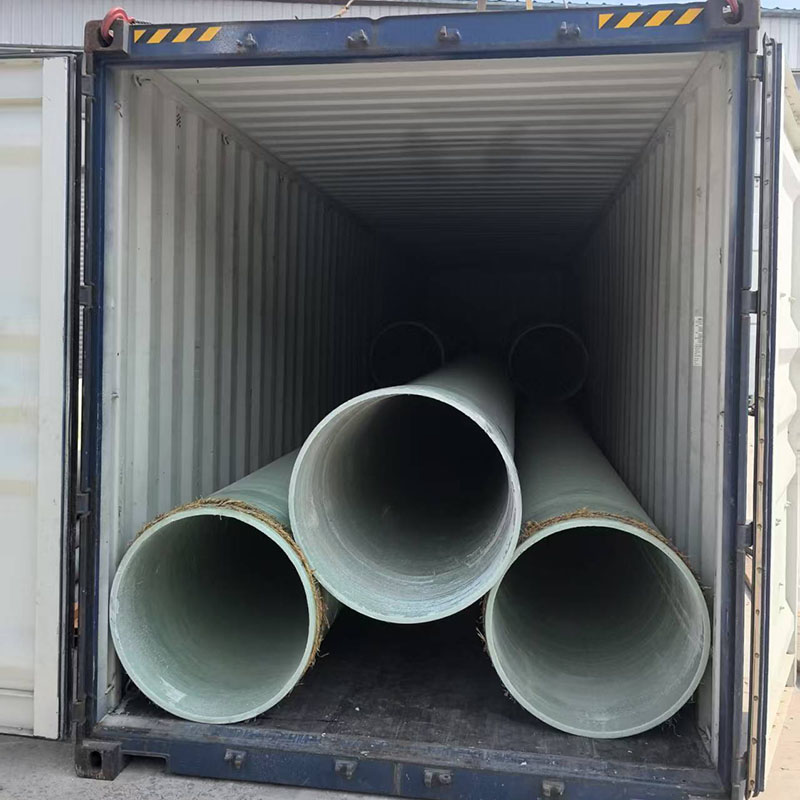GRP (Glass Reinforced Plastic) pipes are widely used across industries like water treatment, desalination, chemical processing, and municipal infrastructure due to their corrosion resistance, lightweight design, and long-term durability. However, understanding the limitations and disadvantages of GRP pipes is just as important as recognizing their strengths, especially when selecting the right piping system for your project.
As a leading GRP pipe manufacturer, we believe in providing transparent information to help customers make well-informed decisions. Below are the key disadvantages of GRP pipes and how they may impact performance, cost, or installation.

Compared to materials like PVC or mild steel, GRP pipes can have a higher upfront cost. Although they offer long-term savings due to reduced maintenance and corrosion resistance, the initial price may be a challenge for budget-sensitive projects.
While GRP pipes offer excellent tensile and compressive strength, they can be more brittle than metal pipes under sudden impact or point loading. Care must be taken during shipping, handling, and installation to prevent cracking or surface damage.
Unprotected GRP piping exposed to direct sunlight can experience surface degradation, such as chalking and reduced structural integrity. Using UV-resistant topcoats or installing in shaded environments can mitigate this issue.
Standard GRP pipes typically handle operating temperatures up to 80°C to 100°C. For higher-temperature applications, special resins like vinyl ester or epoxy are required, increasing cost and manufacturing complexity.
Repairing GRP pipes is possible but requires skilled labor and proper tools. It involves surface preparation, resin application, and curing time. Unlike simple PVC or steel patching, GRP repair processes demand more time and expertise.
Proper installation is critical for GRP pipe system performance. Installers must be trained in jointing techniques (e.g., butt & wrap, adhesive bonding), correct alignment, and support spacing. Improper installation can compromise system integrity and shorten lifespan.
Depending on your region, GRP pipes may not be as readily available as steel or plastic alternatives. Lead times for customized dimensions or resin formulations may be longer, especially for large-scale industrial projects.
Despite a few disadvantages, GRP pipes remain one of the most efficient and cost-effective piping solutions for corrosive environments and demanding industrial applications. Their strength-to-weight ratio, long lifespan, and chemical resistance often outweigh the limitations when properly installed and maintained.
To ensure success with your GRP piping system, partner with a trusted GRP pipe supplier who offers engineering support, custom fabrication, and high-quality manufacturing.
Contact us today for a free consultation, tailored product recommendations, and a competitive quote on GRP piping for your next project.